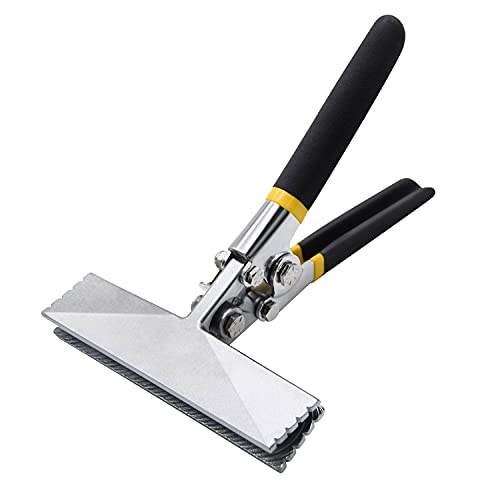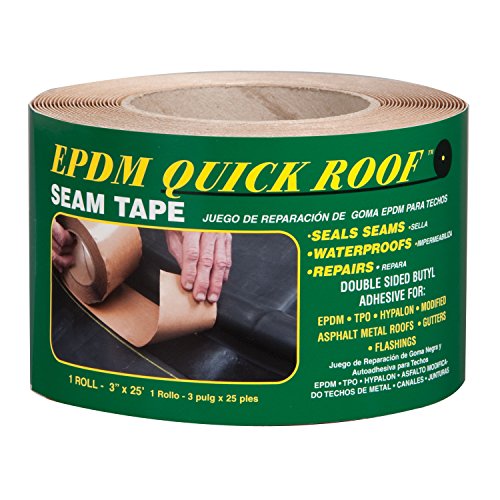10 different types of roofing – and how to pick the best one for your home
From asphalt shingles to solar tiles, find the right roofing for you with our expert guide
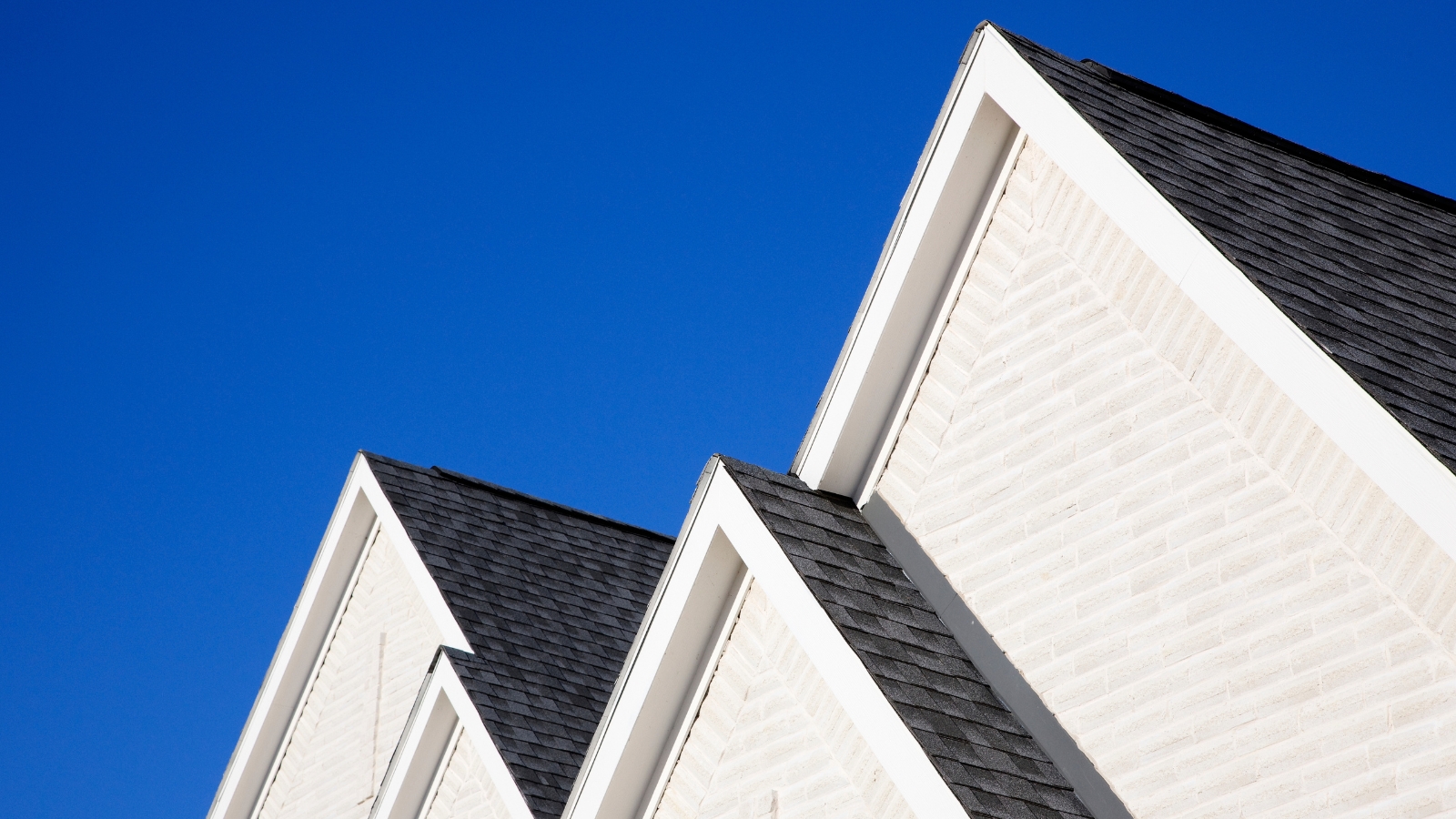

Navigating the many types of roofing materials can feel overwhelming, with a myriad of options promising durability, aesthetics, and energy efficiency.
Your roof is more than just a protective shield, however. It's a significant investment that impacts your home's curb appeal, energy consumption, and overall value. Choosing the right type of roofing material requires careful consideration of your budget, local climate, architectural style, and long-term goals.
When deciding where to spend and where to save in a remodel, selecting your roofing is a key consideration. Our expert guide explores 10 of the most common types, delving into their characteristics, advantages, disadvantages, and typical pricing, so you can pick the best roofing for your needs.
1. Asphalt shingles
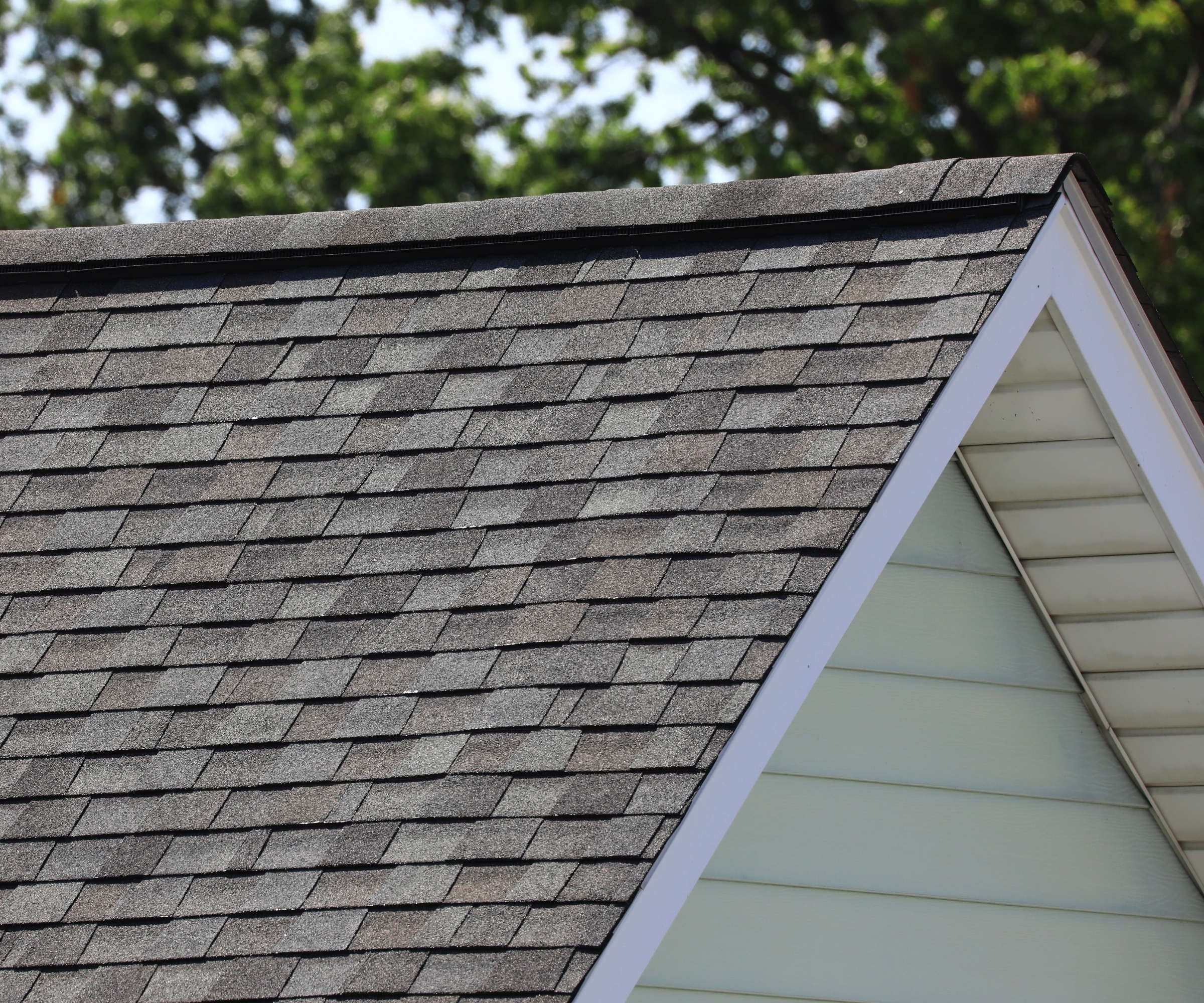
Asphalt roofing is the most popular in North America.
Asphalt shingles are by far the most popular roofing material in the USA, renowned for their affordability and versatility.
Typically ranging from $3 to $6 per square foot, they are highly cost-effective and easy to install, which contributes to lower labor costs. You'll find them widely available in an array of colors and styles to match any home aesthetic.
However, the lifespan of asphalt is shorter compared to other materials, typically lasting 15-30 years, and it can be prone to algae and moss growth in humid climates.
There are two main types of asphalt shingles: three-tab and architectural. Single-layered, with a flatter, more uniform appearance, three-tab shingles are the more easily affordable and common type. Architectural shingles are made with multiple layers of laminated asphalt, resulting in a thicker, more durable, and dimensional look.
Design expertise in your inbox – from inspiring decorating ideas and beautiful celebrity homes to practical gardening advice and shopping round-ups.
Nick Segar, of Indy Roof & Restoration, says, 'Most American homes have asphalt shingles, and there's good reason for that. They're affordable, contractors know how to install them properly, and the newer architectural styles actually look pretty decent. We've put these on thousands of homes, and when you use quality underlayment and proper installation techniques, they'll protect your house for a solid 20-30 years.
'But here's what I tell everyone – skip the basic three-tab shingles. They're yesterday's technology. The weather we get these days (seems like every storm is 'historic' now) will beat them up pretty quickly. For reliable protection without breaking the bank, architectural shingles are the sweet spot. They work great on traditional home styles and handle normal weather patterns just fine.'
These GAF Timberline HDZ Architectural Roof Shingles from Lowe's are algae-resistant and come in multiple color,s including charcoal, slate, hickory and pewter gray.
2. Metal roofing
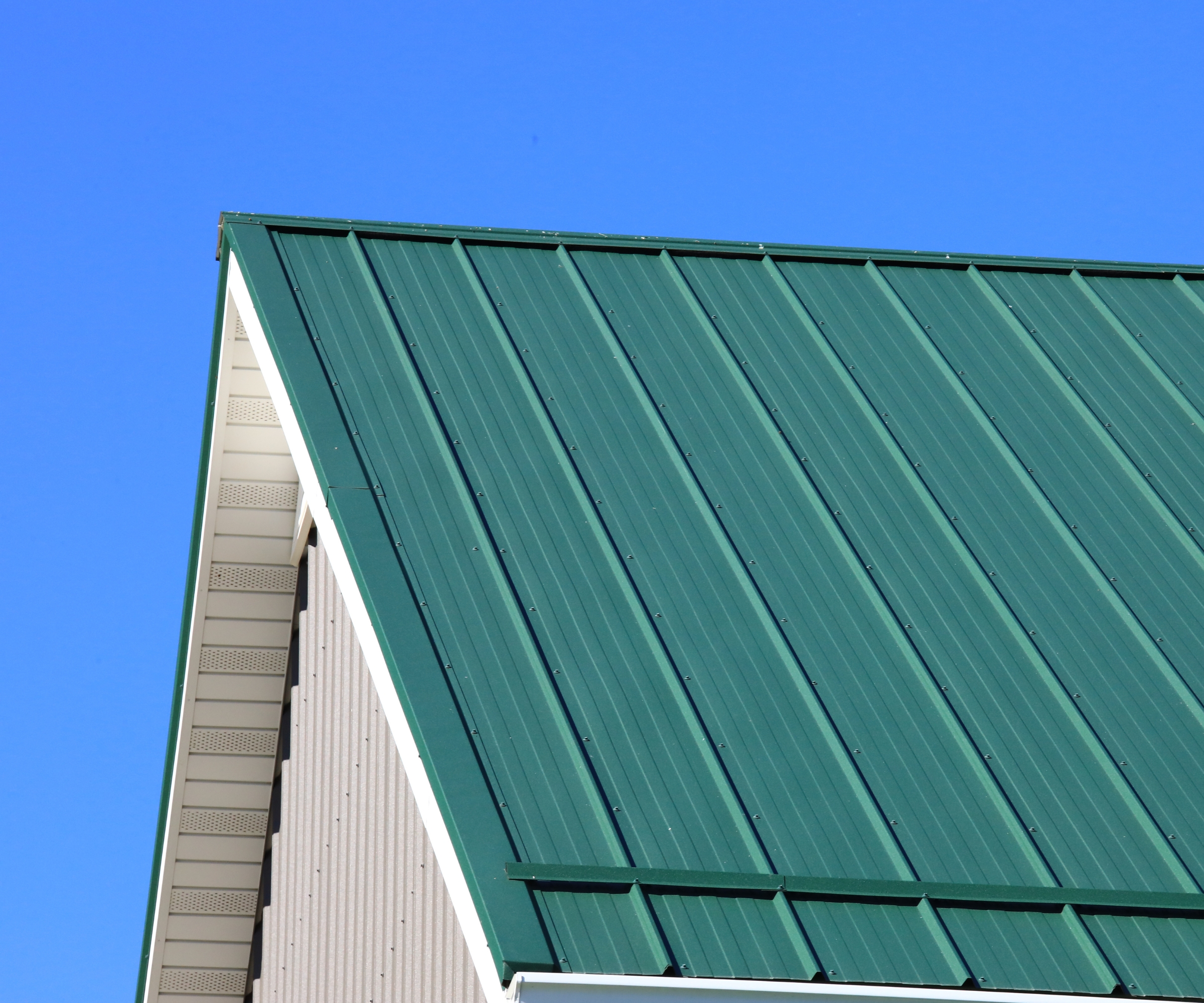
Metal roofing offers excellent longevity and resistance to fire.
Metal roofing is gaining popularity for its sleek appearance and outstanding longevity.
This material is extremely durable, boasting a lifespan of 40-70 years or more, and offers excellent resistance to fire, rot, mildew, and insects, so you won't have to worry about any of the most common roof pest infestations. It's also environmentally friendly and highly energy-efficient due to reflective coatings.
On the other hand, metal roofing has a higher initial cost than asphalt or composite – pricing varies significantly by metal type, ranging from $8 to $30+ per square foot installed.
Jim Marino, CEO of Pinnacle Home Improvements, says, 'Metal roofing has come a long way over the years, as it was once almost exclusively used for commercial roofing. Times have changed, and so has this material – while it’s still durable and long-lasting, it comes in many different designs, colors, and styles that don’t make it look like a metal roof.
'Though the initial installation cost can be high, metal roofing is an excellent insulator, so great for saving energy, and comes with an excellent lifespan, so you won’t have to replace it again in your lifetime. Plus, if you’re worried about wild weather, these roofs can take it like a champ too.'
Metal roofing is best suited for homeowners prioritizing longevity, energy efficiency, and modern aesthetics, especially in areas prone to wildfires, heavy snow, or high winds.
Firescaping with plants can also help protect against wildfires.
3. Composite shingles
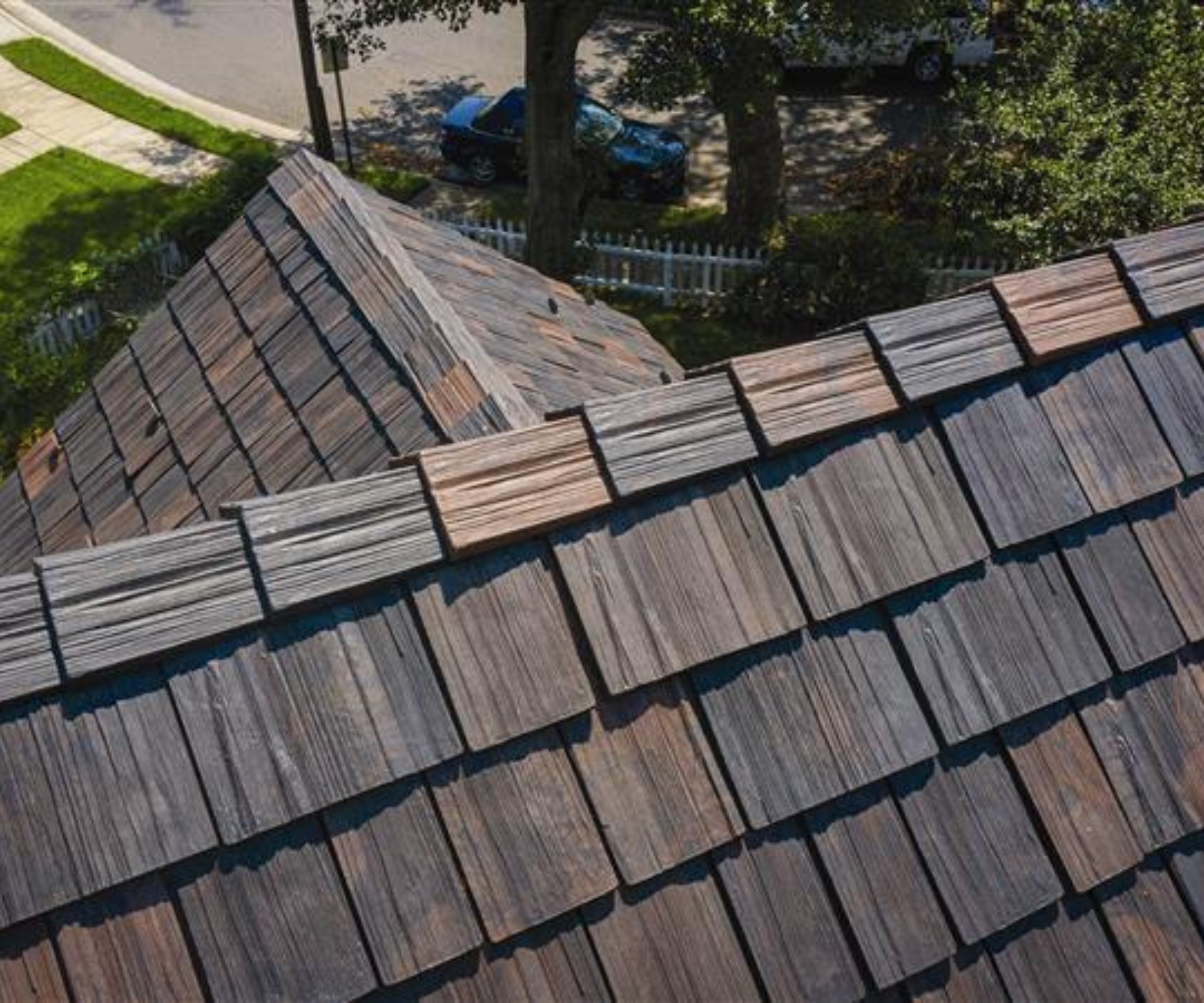
Composite shingles roofing is among the most common types in the USA.
Made from recycled materials such as rubber and plastic, composite shingles are engineered to replicate the look of slate or wood shakes with superior performance.
Their key benefits include exceptional durability and resistance to impact, fire, and rot, making them highly reliable. They are also lightweight, low maintenance, and very eco-friendly due to their recycled content.
On the downside, they come at a higher initial cost than asphalt, and they may have a more limited range of colors and styles.
Brian Davis, vice president of technical services at Brava Roof Tile, says, 'Composite roofing is an ideal choice for a wide range of property owners due to its durability, versatility, and ease of installation. Composite roofs cost a bit more – usually $7 to $12 per square foot – but they make up for it with low maintenance and an impressive lifespan of 50 years or more.
'Their performance in extreme weather makes them a smart choice for nearly any climate or roof type, including flat or low-slope applications. Add to that the potential to improve energy efficiency, and composite roofing is a long-lasting investment in both form and function.'
4. Rubber roofing (EPDM)
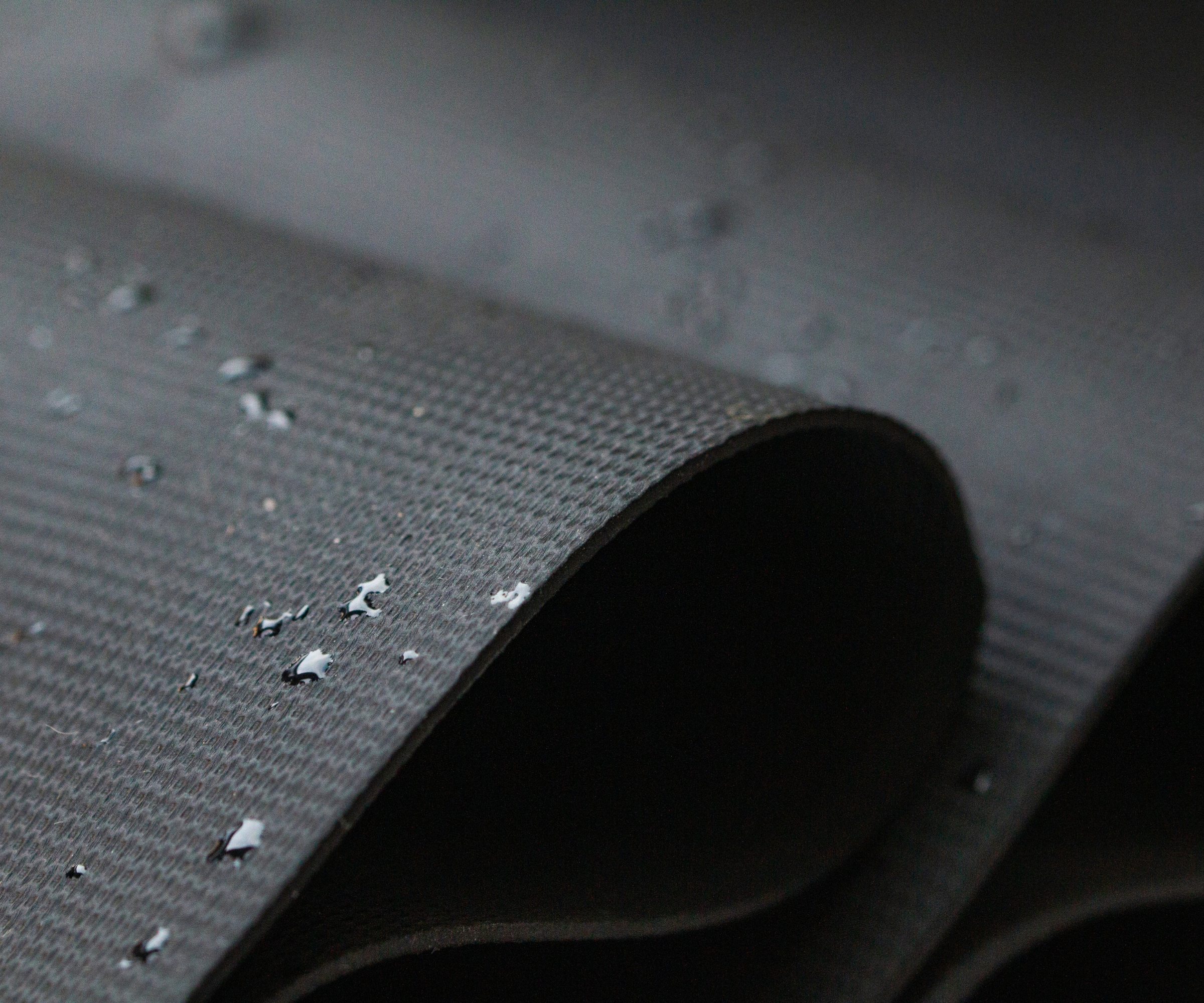
EPDM is a durable and long-lasting roofing type.
Often used for flat or low-slope roofs, EPDM (ethylene propylene diene monomer) is a synthetic rubber roofing membrane.
EPDM boasts excellent waterproofing properties, is very durable and long-lasting (20-50 years), lightweight, and easy to install. At just $4 to $10 per square foot, it's an economical choice, plus it's resistant to UV rays and temperature fluctuations.
The main cons are its limited aesthetic options, as it's typically black (though lighter colors are available), and it can be susceptible to punctures from sharp objects.
Segar says, 'EPDM has been protecting commercial buildings forever. This workhorse handles temperature swings really well (which matters here in the Midwest), offers solid puncture resistance, and provides cost-effective protection for flat applications.
'Though fine for garages and utility buildings, it's about as attractive as a garbage bag, so you probably don't want it on your main home unless you're going for that industrial look.'
5. Rolled roofing
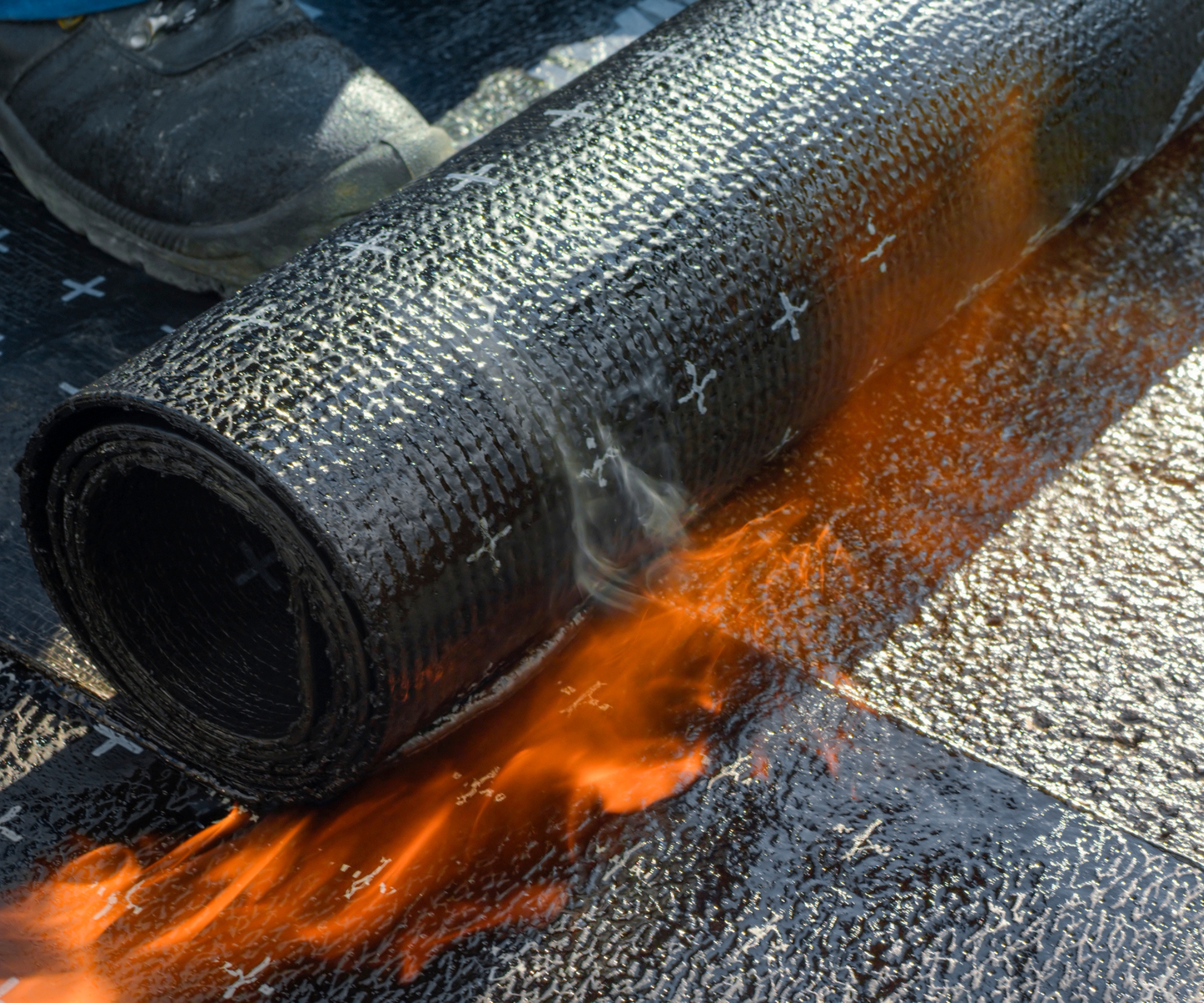
Rolled roofing is low on cost and lightweight.
Rolled roofing, also known as modified bitumen or self-adhering rolled roofing, is a cost-effective and practical solution primarily used for low-slope or flat roofs, as well as sheds, garages, and other outbuildings.
Its main advantages are a very low cost, the ease of installation (a DIY-friendly option for smaller projects), and its excellent waterproofing capabilities due to the continuous membrane it forms. It's also relatively lightweight.
However, rolled roofing has a significantly shorter lifespan, typically 5-15 years, is generally not aesthetically pleasing for visible main roofs, and can be more susceptible to tears or punctures than more robust materials. It also offers minimal insulation value, so it isn't great for preparing a house for cold weather.
Typical pricing for rolled roofing is very economical – usually $1.50 to $4 per square foot installed. This material is best suited for homeowners needing an inexpensive and straightforward roofing solution for low-slope applications like sheds, garages, carports, or small additions where aesthetics are not the primary concern.
This GAF Liberty Base Sheet from Lowe's is self-adhering, eliminating the need for any dangerous chemicals to be used above your home.
6. Slate roofing
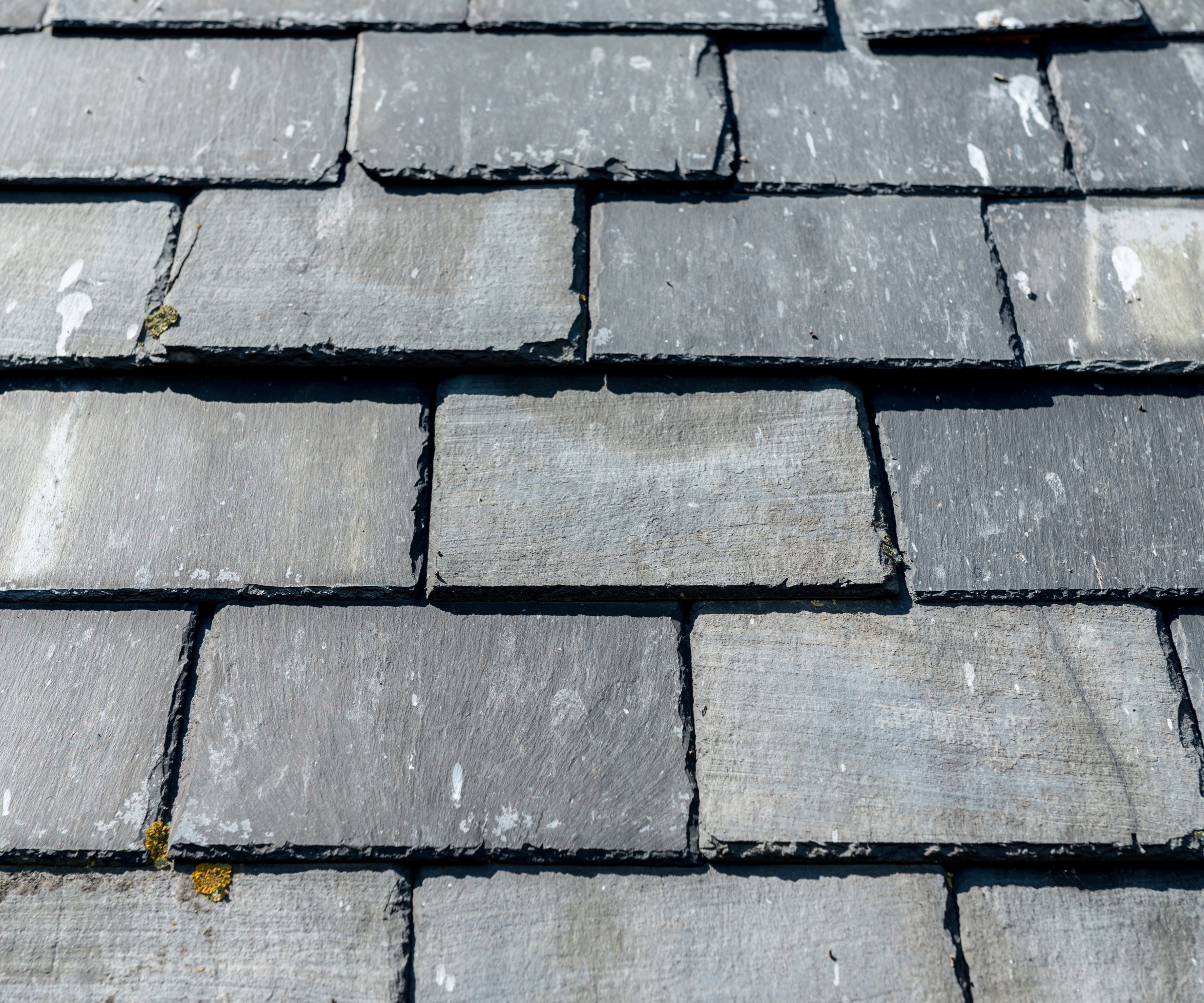
Slate roofing can last more than 200 years before needing replacing.
Considered the pinnacle of roofing materials, natural slate offers unmatched beauty and longevity, capable of lasting over a century.
Slate's advantages include an unrivaled lifespan of 75-200+ years, being naturally fireproof, waterproof, and resistant to mold and fungus. It also offers excellent insulation and significantly adds to property value.
However, slate is extremely heavy, almost always requiring significant structural reinforcement, and has a very high initial cost for both materials and specialized installation.
As a luxury option, slate typically costs $15 to $40+ per square foot installed. Loose tiles is one of the things roofing pros recommend checking, and since slate is brittle, it can crack under impact, making repairs difficult and costly.
Marino says, 'Slate is one of those roofing materials that will make people look at your home and say, “Wow!” It’s beautiful, and it has the added bonus of being one of the longest-lasting natural roofing materials. It’s also fireproof and resists mold and mildew growth, making it less of a hassle to maintain.
'On the downside, slate is incredibly expensive, and you’ll need to reinforce your roof to support its added weight. While it is durable, if a tile cracks, it can be a pricey repair.'
This material is best suited for homeowners with a substantial budget who prioritize a timeless, prestigious aesthetic and extreme longevity.
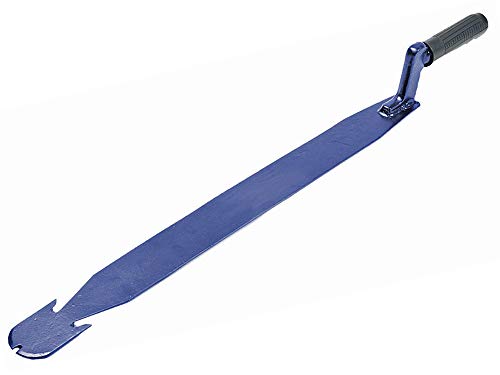
Roofing expert Jim Marino rates this hardened spring steel ripper tool, for sliding under slates to pull out or sheer fixing nails prior to replacing with new slates. He says, 'Since slate material is so durable, you’ll need a ripper that can handle it. This one is sturdy and does the job nicely.'
7. Clay tiles
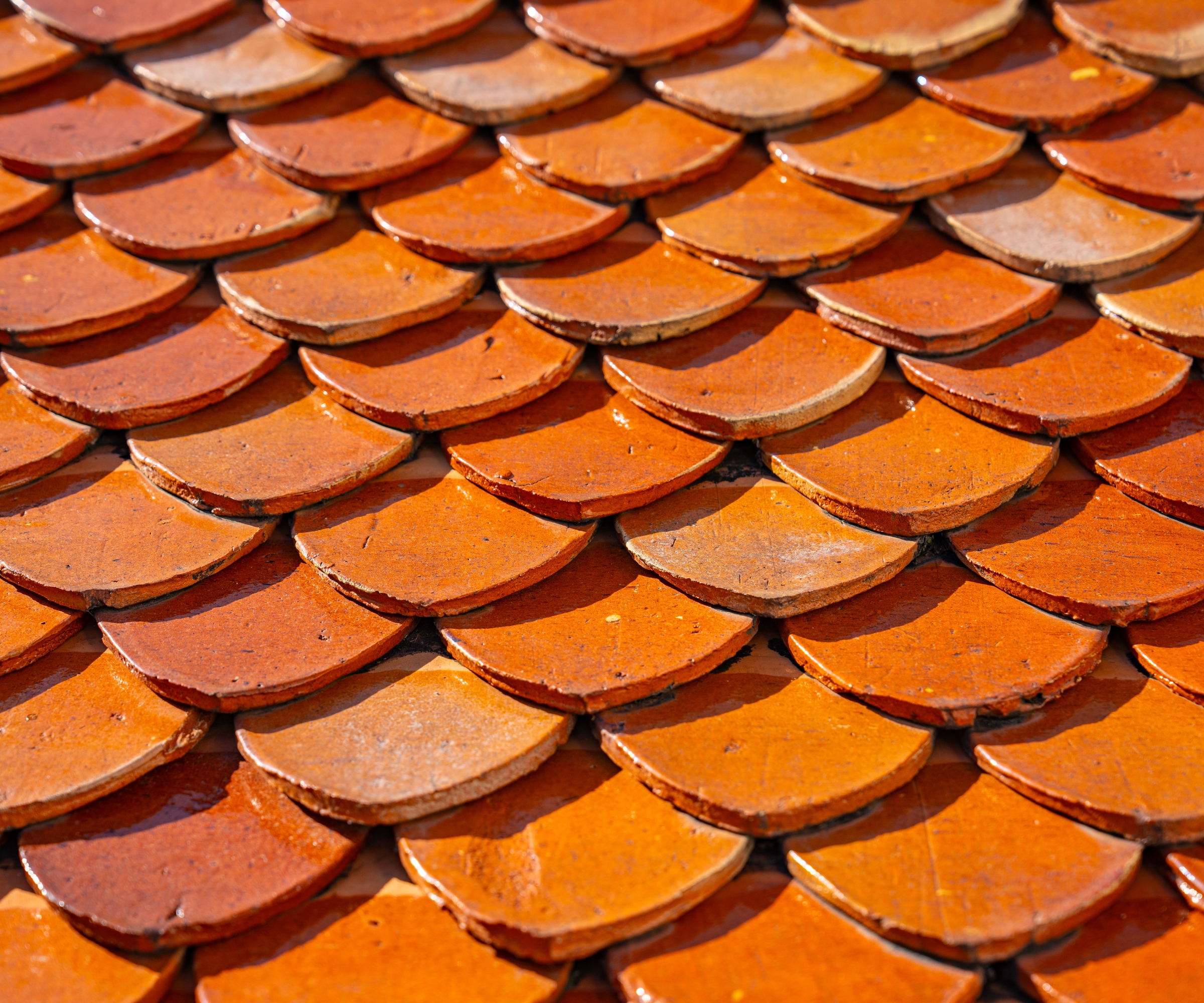
Clay is a premium roofing option.
A classic choice for its distinctive Mediterranean aesthetic, clay tiles are made from natural earthen clay fired at high temperatures. They are extremely durable and long-lasting, and are naturally fire-resistant. They also offer excellent insulation properties, helping to regulate indoor temperatures, and require low maintenance.
As a premium option, clay tiles typically cost $10 to $25 per square foot installed. They can also require additional structural support for the roof, raising the outlay further.
Marino says, 'If you have a Spanish or Mediterranean-style home, these tiles help carry on that aesthetic. They’re also tough contenders that can stand up to nasty weather while providing an elegant appearance. Roofing tiles that are made from clay or concrete can last 50 years or more, and they’re fire resistant, allowing you to have a little more peace of mind.
'However, clay tiles are heavy, so you'll need to think about structurally reinforcing your home first, adding to the installation cost.'
Marino recommends this Lurrose Tile Fasteners Clips Set from Amazon, which comes with 20 in a pack. He adds, 'Clay tile roofing can be very heavy and requires reinforcement to prevent damage. These fasteners are needed to keep the tiles in place, and having them on hand in case one comes loose is always a good idea.'
8. Wood shakes and shingles
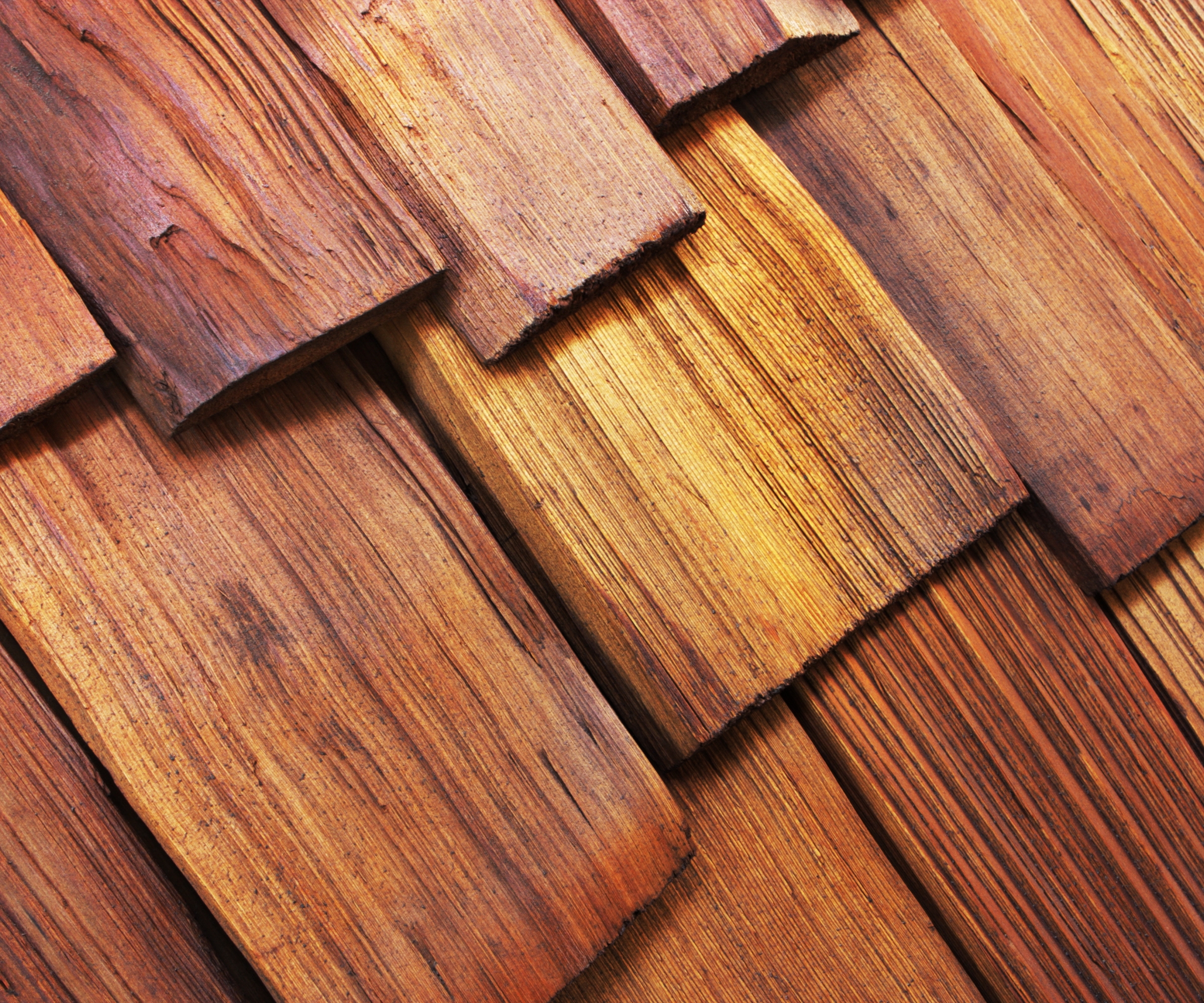
Wood roofing has a rustic charm, but brings a fire risk.
Wood roofing – typically made from cedar, redwood, or cypress – offers a natural, rustic charm. Shakes are thicker and more irregular, while shingles are sawn for a more uniform appearance.
The pros include their beautiful, natural aesthetic, good insulation properties, and the fact they are made from a renewable resource.
On the flip side, they have a shorter lifespan (20-40 years) compared to other premium materials, require regular maintenance like cleaning, sealing, and fire-retardant treatments, and are susceptible to rot, moss, insect damage, and can be a fire risk.
Wood roofing is in the mid to high range for pricing, typically $6 to $15 per square foot installed, so it can be costly overall.
Marino says, 'It’s hard to beat the beauty of wood with its naturally rustic appeal. Cedar is a prime choice as it’s great for repelling insects. Wood is also a great natural insulator.
'However, if you’re going to choose wood, you’re going to need to be diligent about maintaining it. Moss loves to grow on it, and unless the shingles are specifically treated, you have a greater fire risk.'
Inspecting and sealing gaps is also vital for preventing drafts and deterring pests seeking warmth in the winter. Marino recommends the Red Devil Extreme Duty Caulk Gun, available from Amazon, adding, 'Caulking around the perimeter or checking weatherstripping can go a long way to winterizing your home. You’ll want to remember to insulate as needed to ensure your home is protected from winter’s icy wrath.'
9. Green roofs
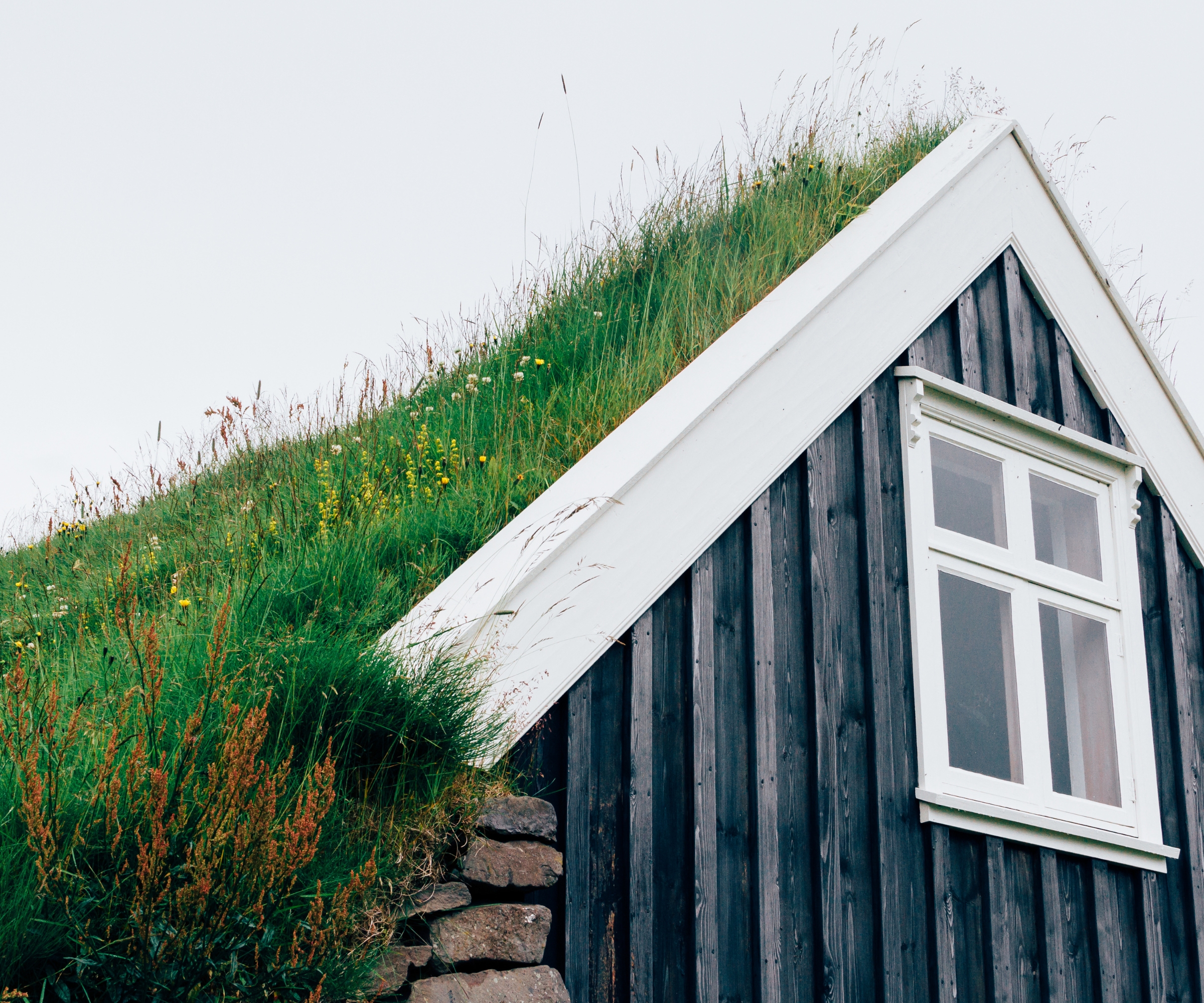
Living roofs are great for eco-conscious homeowners with a budget.
Also known as 'living roofs', green roofs involve covering a roof with a layer of vegetation planted over a waterproofing membrane. They come in 'extensive' (thinner soil, low-maintenance plants) or 'intensive' (deeper soil, more diverse plantings).
The significant benefits include improved air quality, reduced stormwater runoff, insulation for lower energy bills, and mitigation of the urban heat island effect. They also extend the roof's lifespan by protecting it from UV and temperature extremes, plus offer an obvious aesthetic appeal.
However, green roofs have a high initial cost (typically $15 to $40+ per square foot) and complex installation, along with significant weight, requiring substantial structural reinforcement. They also demand ongoing maintenance, such as watering and pruning, and are not suitable for all roof structures or pitches.
This Sta-Green Weed Barrier Landscape Fabric, available at Lowe's, is a worthwhile investment. A root barrier is a fundamental component of any green roof system, preventing plant roots from damaging the underlying roof membrane. This landscaping fabric serves as an affordable and accessible root barrier for smaller DIY green roof projects.
Green roofs are best suited for eco-conscious homeowners or commercial buildings committed to sustainability, who have a robust roof structure and are prepared for the significant investment and ongoing maintenance. They're especially ideal for urban environments where green space is limited.
10. Solar tiles
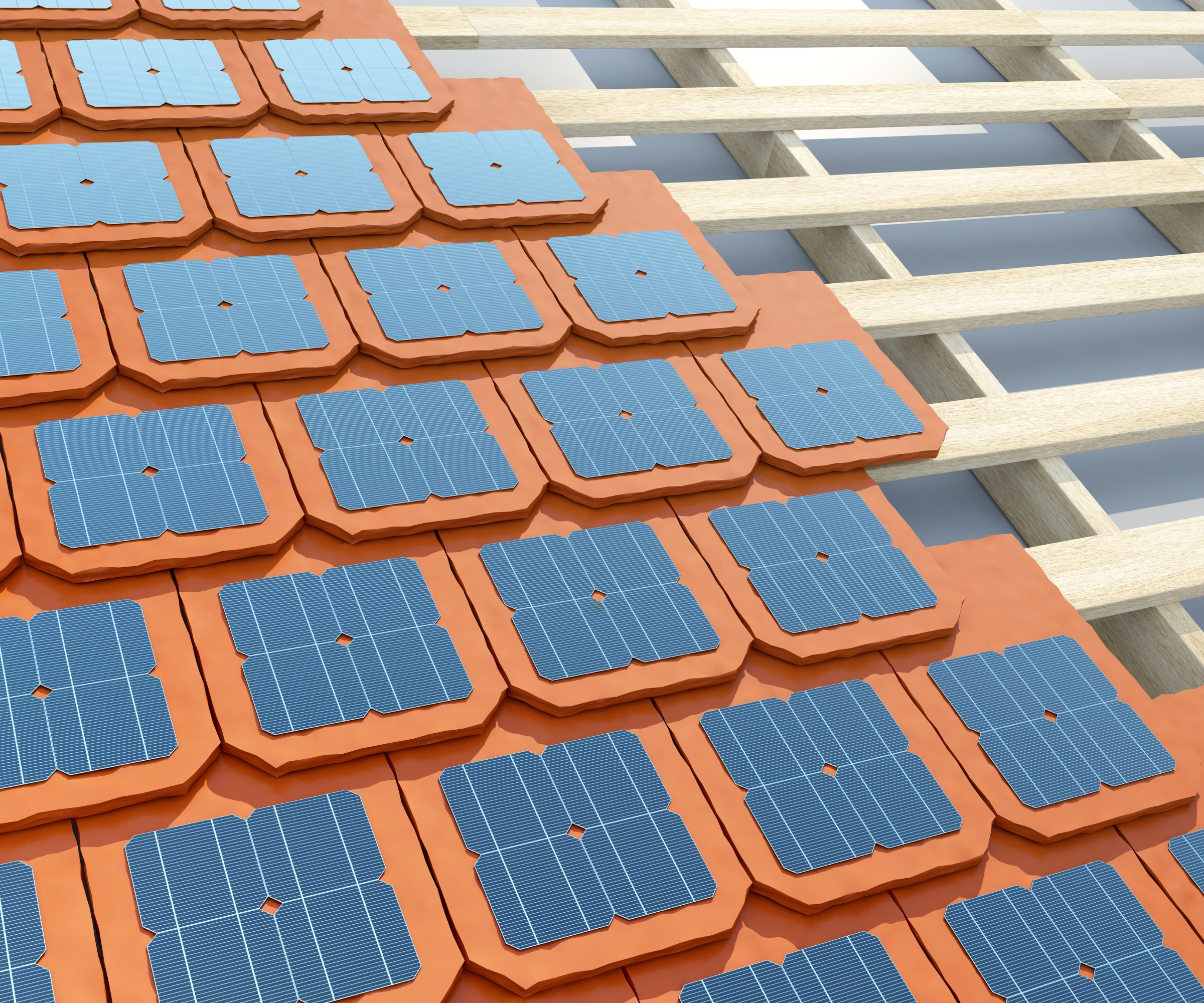
Solar tiled roofing may suit homeowners who prioritize aesthetics and environmental responsibility.
These innovative roofing materials integrate photovoltaic cells directly into traditional-looking roof tiles or shingles, offering a discreet way to generate solar energy.
Their primary advantages include a highly aesthetic appeal, blending seamlessly with the roof for a clean look, the potential to increase property value, and the ability to provide renewable energy, slashing electricity bills and your carbon footprint.
On the other hand, they come with a very high initial cost ($20 to $50+ per square foot), often requiring a complete roof replacement, and are typically less efficient than traditional mounted solar panels per square foot. Their installation is also longer and more complex.
If you're going for solar tiles, this 50-pack of COOLHOOD Stainless Steel Cable Clips from Amazon is a smart purchase. While the solar tiles themselves are extremely expensive, proper cable management is crucial for the safety and longevity of any solar installation, including integrated solar tiles.
These affordable clips and ties ensure that wiring is securely fastened and protected from UV exposure and abrasion, preventing damage and maintaining system efficiency.
Solar tiles are essentially mini solar panels, and so learning how to clean solar panels safely and efficiently is a worthwhile exercise, so you opt to go this route.
Solar tiled roofing is best suited for homeowners undertaking a new build or major renovation who prioritize aesthetics and environmental responsibility and are willing to make a significant upfront investment for that integrated energy generation.
It's definitely something you can consider for an eco-friendly remodel.
Meet the experts

With an MBA from Indiana University's Kelley School of Business, Nick has helped Indy Roof & Restoration protect more than 7,000 customers across the Midwest by matching optimal roofing solutions to their needs.

A member of the Associate American Institute of Architects (AIA), and with more than 20 years' experience in the roofing industry, Brian is a director at leading synthetic shake, slate and barrel tile roofing provider, Brava Roof Tile.

Home improvement expert and CEO at Pinnacle Home Improvements – with services including roofing, windows, gutters and siding – Jim has more than 10 years' experience in the industry, and is a regular H&G contributor.
So there you have it – 10 types of roofing, and how to pick the best one for you. Choosing the right roofing material is a multifaceted decision that balances budget, climate, desired aesthetic, and long-term performance.
By understanding the distinct advantages and disadvantages of each option, you can confidently select a roof that not only protects your home but also enhances its beauty and contributes to its lasting value.
Next, learn about the exterior hot spots for leaks in the rainy season.

With more than a decade of experience writing news, lifestyle, consumer, and human interest articles for a wide range of national and international publications, Andy is a highly-qualified journalist writing features for the national press. From front porch to backyard, attic to basement, Andy has written about every area of the home. He specialises in bringing together the best industry expertise to answer all of your most pressing home and garden questions about seasonal and everyday cleaning, decluttering, organizing and DIY.
You must confirm your public display name before commenting
Please logout and then login again, you will then be prompted to enter your display name.
